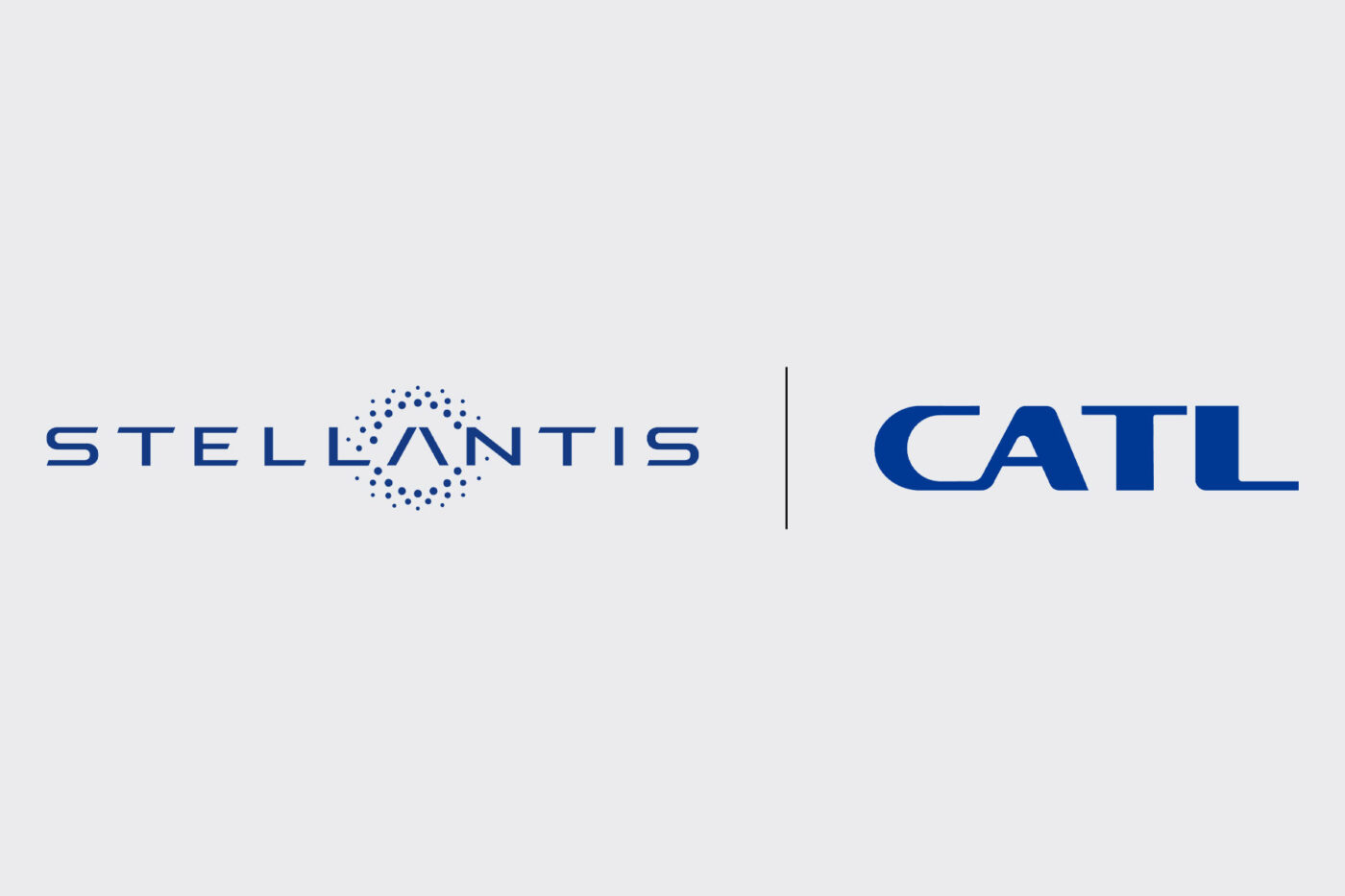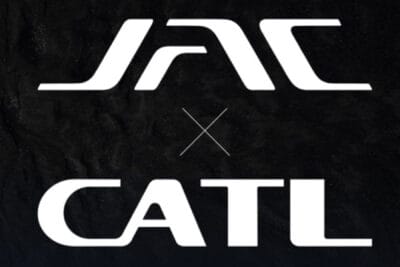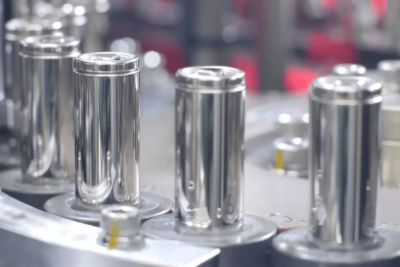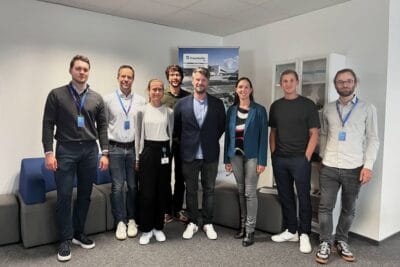Stellantis & CATL officially confirm LFP battery cells plant in Spain
The new LFP battery production plant from Stellantis and CATL is scheduled to go into operation at the end of 2026. The goal is an annual capacity of up to 50 GWh in a later expansion stage.
The two companies did not specify how quickly they intend to scale up, simply stating that the “fully climate-neutral battery plant will be implemented in several phases and investment plans” and that the targeted output of 50 GWh per year is “subject to the development of the electric vehicle market in Europe and the continued support of the authorities in Spain and the European Union.”
The announcement comes as no surprise. Almost a year ago, it was reported that Stellantis was looking for a location for a European battery cell factory outside of its Automotive Cells Company (ACC) joint venture. Spain was always considered the most likely location for its battery plants, as Stellantis operates three vehicle plants there (Madrid, Vigo and Zaragoza). In November 2023, the car manufacturer officially announced its partnership with CATL for LFP batteries in Europe, and Spain became the subject of focus when, in January 2024, CATL was also mentioned in the Spanish media as a likely project partner in the country.
The new initiative with CATL is largely prompted by the fact that things are not going well at ACC. The battery joint venture between Stellantis, Total and Mercedes-Benz announced three battery factories in Douvrin, Kaiserslautern and Termoli, but the latter two projects are currently on hold “in order to switch from nickel-based cell chemistry to more cost-effective battery technologies while still in the early construction phase”, as was reported in early summer. To date, the joint venture has relied solely on rather expensive NMC battery cells (nickel-manganese-cobalt). This strategy was not unusual at the time; the competitor Renault, for example, also pursued an NMC-only strategy for a long time but has since also opened up to the cheaper LFP technology.
With the CATL cooperation, Stellantis has now paved the way to securely obtain its own LFP batteries. The transaction between the two parties is expected to be completed in the course of 2025. It is unclear what will happen to the ACC sites in Germany and Italy in parallel. ACC announced in the summer that it would specify its plans for these two planned plants at the end of 2024 or the beginning of 2025. In the current announcement, Stellantis at least commits to a “dual-chemistry approach” – NMC batteries are therefore not written off but will continue to exist alongside LFP batteries. The question that remains unanswered, however, is what the mix will look like and how many NMC cell plants will actually be needed in the end.
Spain is a clear beneficiary of this mixed situation. Having its own battery factory with low-cost LFP cells is a real competitive advantage for the three Stellantis plants in Zaragoza, Vigo and Madrid – especially as Stellantis has already announced that it will build small electric cars based on the upcoming STLA Small platform in Spain. In 2023, the Group will have built just over one million vehicles in the three plants – almost 41 per cent of the total Spanish production of 2.46 million cars. In its official announcement, Stellantis writes that the LFP batteries will be used in “high-quality, durable and affordable battery electric passenger cars, crossovers and SUVs in the B and C segments”. The aim is to achieve “medium ranges”. The automotive giant is staying flexible when it comes to battery chemistry. Just last week, the company announced a further partnership working on the development of lithium-sulphur batteries.
Meanwhile, Stellantis has seen significant movement on the executive level as Carlos Tavares resigned as CEO of the multi-brand car company with immediate effect last week. The Chairman of the Board of Directors, John Elkann, with whom Tavares is said to have had “differing views”, commented on the planned plant construction in Spain, saying: “This important joint venture with our partner CATL will bring innovative battery production to a manufacturing site that is already a leader in clean and renewable energy, helping drive a 360-degree sustainable approach. I want to thank all stakeholders involved in making today’s announcement a reality, including the Spanish authorities for their continued support.”
Robin Zeng, Chairman and CEO of CATL, said he is confident that CATL’s proprietary battery technology and Stellantis’ decades of experience in running local operations in Zaragoza will lead to a “major success story” in the industry. “CATL’s goal is to make zero-carbon technology accessible across the globe, and we look forward to cooperating with our partners globally through more innovative cooperation models.”
CATL is already present with two plants in Germany and Hungary. With Zaragoza, the Chinese manufacturer is further expanding its influence in Europe. Rumour recently had it that CATL might rescue the insolvent Swedish battery cell manufacturer Northvolt, but this was quickly followed by a denial when the CATL co-founder, Pan Jian, said that acquiring a stake in Northvolt is “not our priority.”
Update 12 Decembre 2024
Following the official announcement that Stellantis and CATL will open a battery plant in Spain, Jorge Azcon, President of the Autonomous Community of Aragon, provided further details. Construction work is scheduled to begin in June 2025 and should be completed in March 2028. The plant should have an annual capacity of 50 GWh. Stellantis and CATL will kick off battery production at the end of 2026 in the “existing Zaragoza vehicle plant,” Azcon is quoted in La Tribuna de Automoción, among others. It is known that the cell factory will be built directly next to the existing Stellantis vehicle plant in Zaragoza on an 80-hectare site. However, Azcon does not specify why production is to start at the car factory.
Instead, the President of Aragon gives concrete figures for other areas. For example, the new plant is expected to create 3,000 direct jobs and generate a turnover of 10 billion euros at full capacity – with La Tribuna de Automoción stating that “the entire automotive sector in Aragon generated a total turnover of 11.8 billion euros in 2023.” Azcon also said the new battery cell factory would not only supply the Spanish Stellantis car plants, but also production facilities abroad. According to the politician, cells and modules will be produced under the umbrella of the Stellantis-CATL joint venture in Zaragoza.





0 Comments